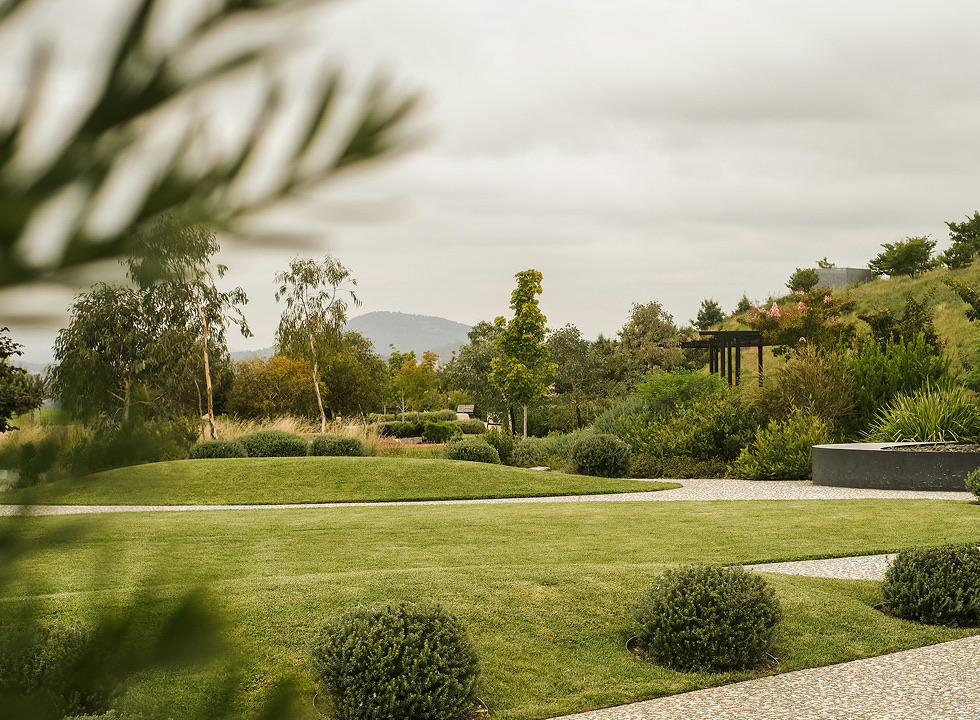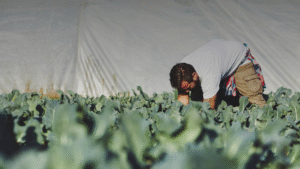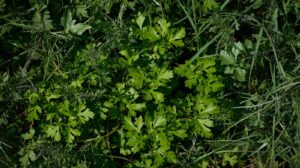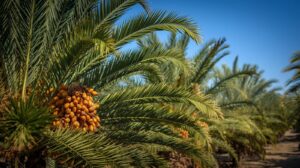Great landscapes aren’t just planted, they’re designed with intention. Sustainable landscaping combines aesthetic vision with ecological responsibility to create spaces that are beautiful, functional, and enduring.
One principle of lasting landscapes is plant selection. Choosing native or climate-adapted species reduces water needs, resists local pests, and supports biodiversity. These plants are naturally suited to the environment, requiring less maintenance over time.
Water efficiency is another priority. Smart irrigation systems, rainwater harvesting, and strategic mulching all contribute to reduced water usage without sacrificing plant health. Soil preparation plays a vital role in establishing a strong foundation. Amending soil with organic matter improves fertility, drainage, and structure, giving plants the best possible start.
Maintenance strategies also matter. By incorporating perennial plants, ground covers, and mulching, homeowners and landscapers can cut down on mowing, weeding, and fertilizing.
Ultimately, sustainable landscapes don’t just survive: they thrive. They provide beauty through every season while enhancing ecological health and reducing resource consumption.





